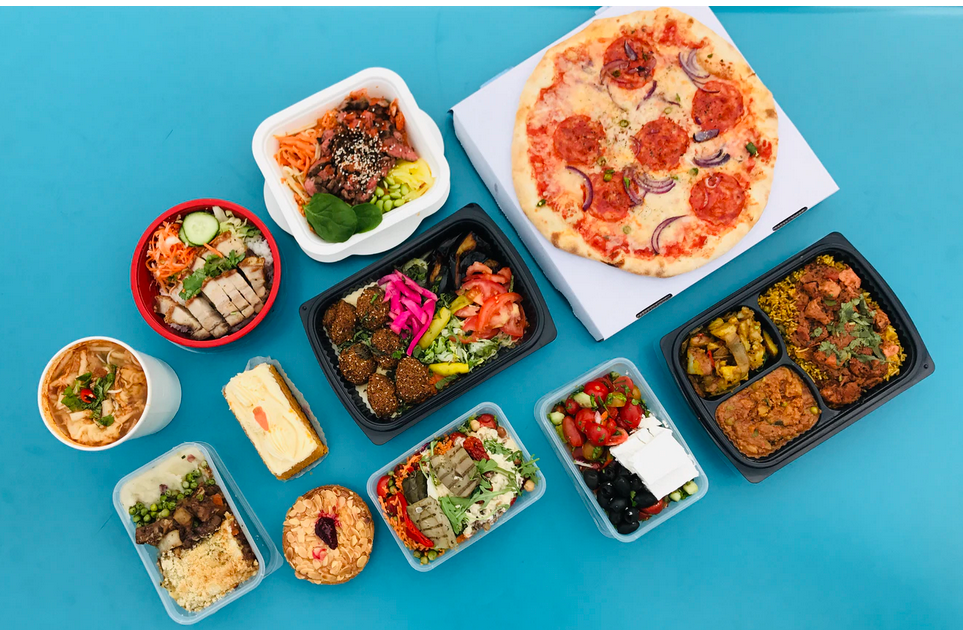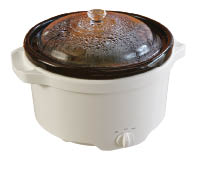
Rather than try to cook entire meals in the busy time just before you sit down to eat, you can make the food-preparation process easier and more efficient by fitting it into your schedule:
- Plan to make dishes and meals that can be prepared, at least in part, ahead of time.
- Decide which food-preparation tasks you should do ahead of time.
- Determine which food-preparation tasks you should do just before sitting down to eat.
How to Select Appropriate Dishes
To determine whether a meal is conducive to either being prepared in advance or allowing you to prepare other meals in advance, consider the following factors:
- Dishes that can be cooked unattended: Roasted or braised meats, casseroles, and stews allow you to take on other tasks while they cook. Slow cookers cook soups, stews, and other foods completely unattended. Most slow cookers now come equipped with timers so you can arrange for a main course to be ready exactly when you want it.

- Dishes that can be reheated or served cold: Lasagna, chili, soups, and stews can be reheated for days, and their flavors actually improve after a day or two of cold storage. Roast beef and fried chicken work equally well when served hot or cold.
- Dishes that can be used as leftovers in other dishes: Extra hamburgers can be crumbled, warmed in tomato sauce, and served over spaghetti. Leftover roasted chicken can be shredded and made into chicken salad. Extra broiled fish is easily transformed into fish tacos.
- Dishes that can be frozen easily: Most soups, stews, and roasted meats freeze and thaw well, allowing you to cook more than you need for one meal and then freeze the leftovers for future meals. Keep in mind that frozen foods must have ample time to thaw—which can take hours—before you can use them in another meal.
Food-Preparation Tasks to Do Ahead of Time
Once you select a group of meals that allow for advance preparation, set aside a block of time early in the week to get started. Tasks to take care of ahead of time include:
- Roasting and baking: Roasting or baking takes a lot of time, but once the food is in the oven, you’re free to focus on other pre-cooking or chopping tasks.
- Pre-cooking tasks: If you don’t have the time to bake or roast two dishes during your prep time, you can easily wrap and refrigerate uncooked lasagna or a casserole and cook it later in the week when you’ll be home for 1–2 hours.
- Chopping vegetables: You can chop vegetables for soups, stews, or stir-frys ahead of time, as long as you refrigerate them in tightly sealed containers until you eat them.
Food-Preparation Tasks to Do Just Before Sitting Down to Eat
To get meals on the table as quickly as possible, leave only the quick and undemanding tasks to the last few minutes before you sit down to eat. Some examples include:
- Sautéing meats or vegetables
- Reheating precooked dishes in the oven or microwave
- Assembling and dressing salads

